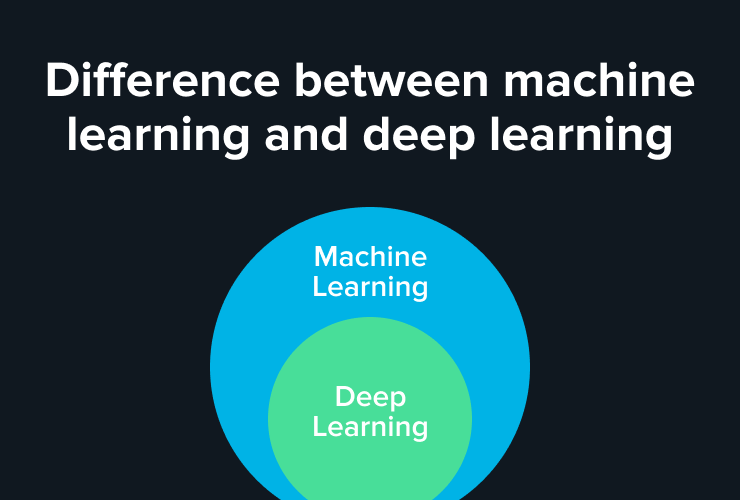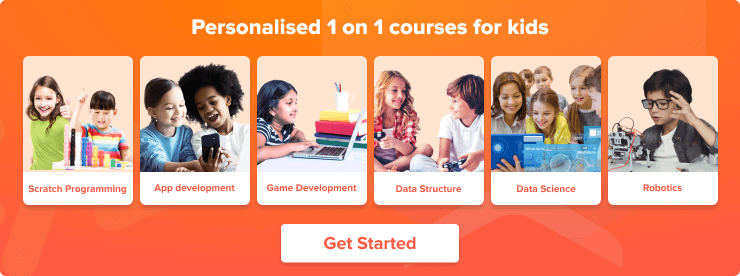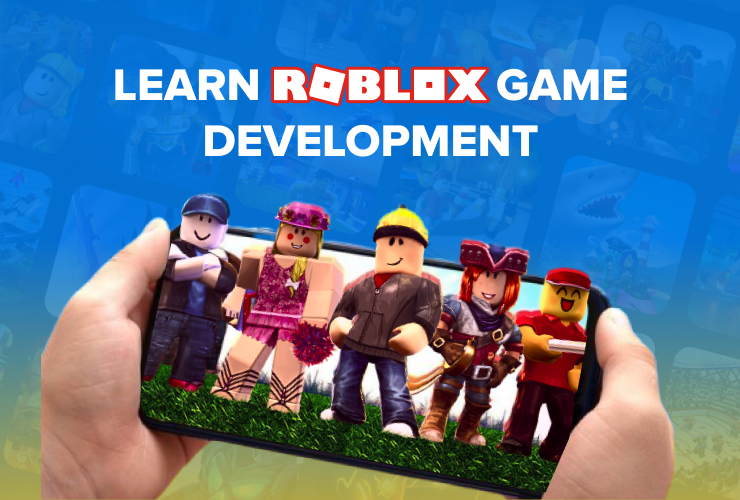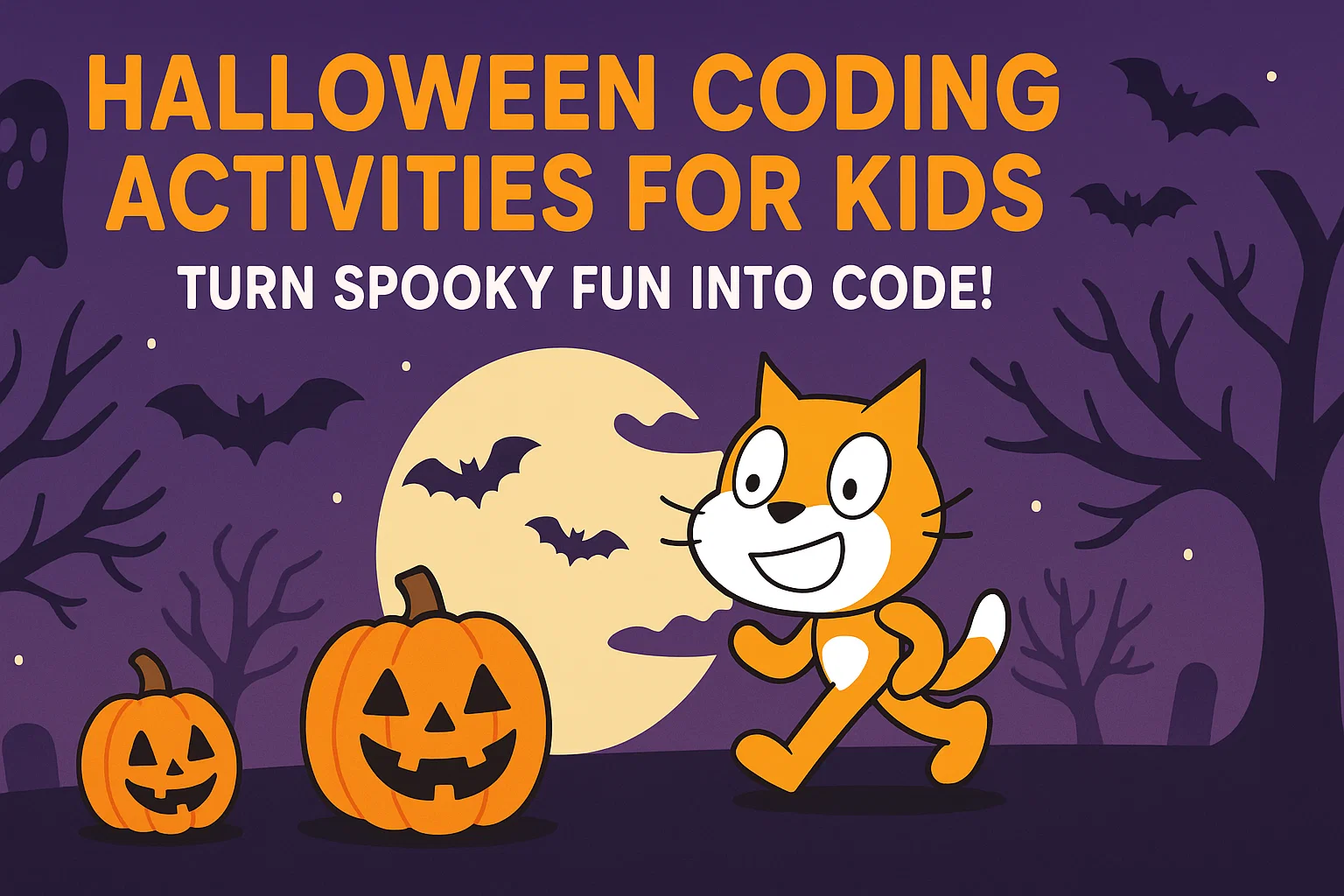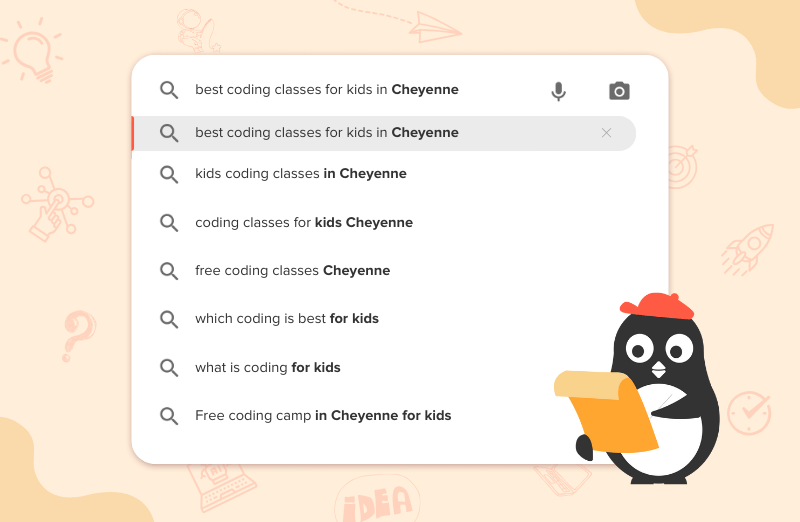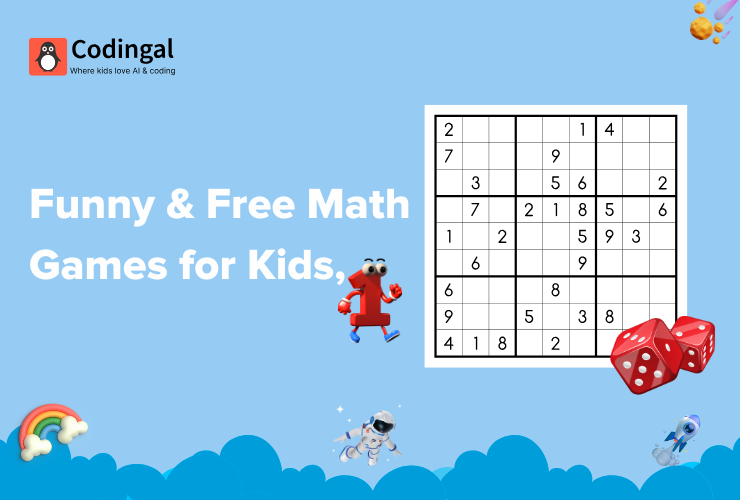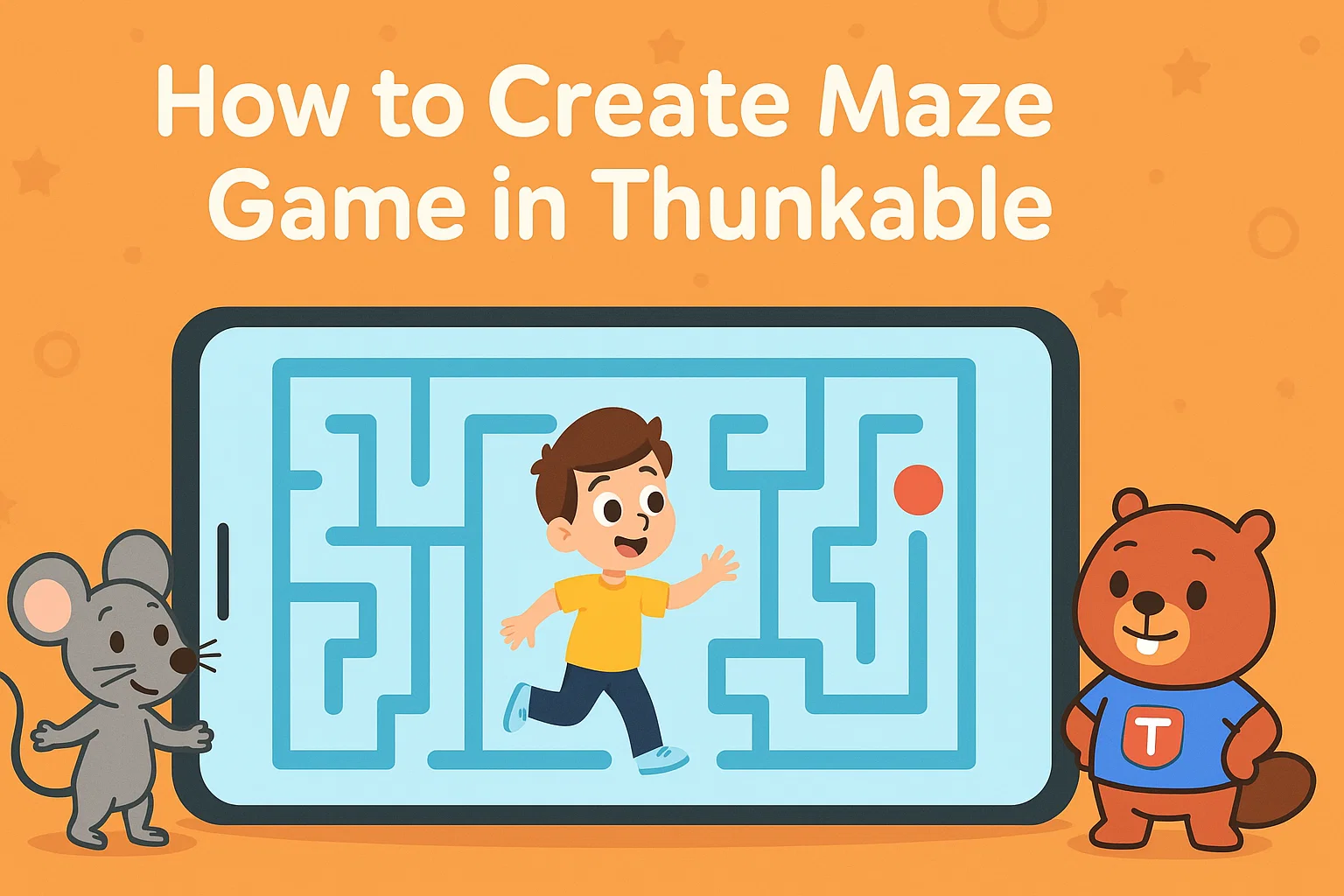Table of Contents
Introduction Machine Learning Types of Machine Learning Deep Learning Types of Deep Learning Key Difference ConclusionIntroduction
Machine learning and deep learning are two terms for technologies that are often used interchangeably, but they are not the same thing. While both of these technologies involve training computers to make predictions or decisions based on the data that is inputted, they have some important differences that are important to know to differentiate between the two.
Machine Learning
Machine learning is a subset of artificial intelligence (AI) that involves training a computer to learn from data without being explicitly programmed. In other words, the computer learns to identify patterns in the data and make predictions or decisions based on those patterns.
In machine learning, the algorithms used to train the computer are typically based on statistical models, such as linear regression or logistic regression. These models are trained using labeled datasets, which means that the data is pre-labeled with the correct answers. The computer then uses this labeled data to learn how to make predictions or decisions on new, unlabeled data.
Some examples of machine learning applications include spam detection, fraud detection, and recommendation systems.
Types of Machine Learning
Supervised Learning
In supervised learning, the computer is trained on labeled data, which means that each data point is pre-labeled with the correct answer. The goal of supervised learning is to train the computer to predict the correct label for new, unlabeled data. Some common applications of supervised learning include image classification, speech recognition, and text classification.
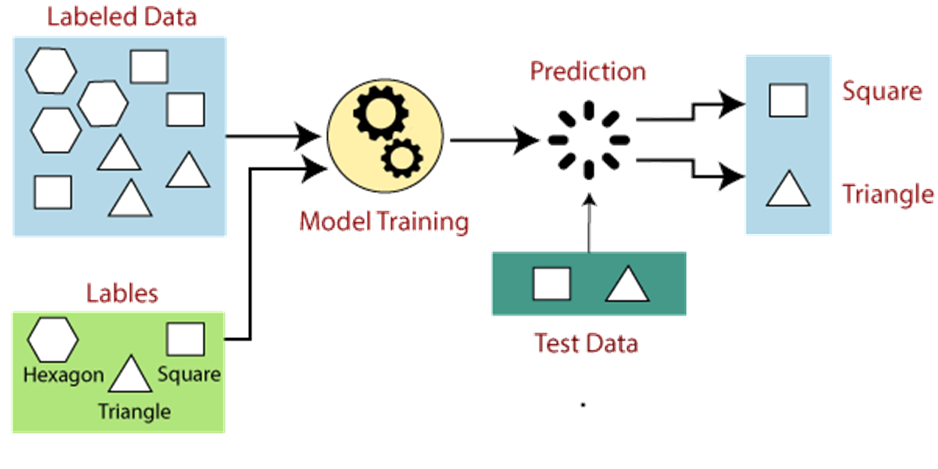
Unsupervised Learning
In unsupervised learning, the computer is trained on unlabeled or raw data, which means that the data does not have any pre-existing labels or categories. The goal of unsupervised learning is to identify patterns or structures in the data without any prior knowledge of what those patterns might be. Some common applications of unsupervised learning include anomaly detection, clustering, and dimensionality reduction.
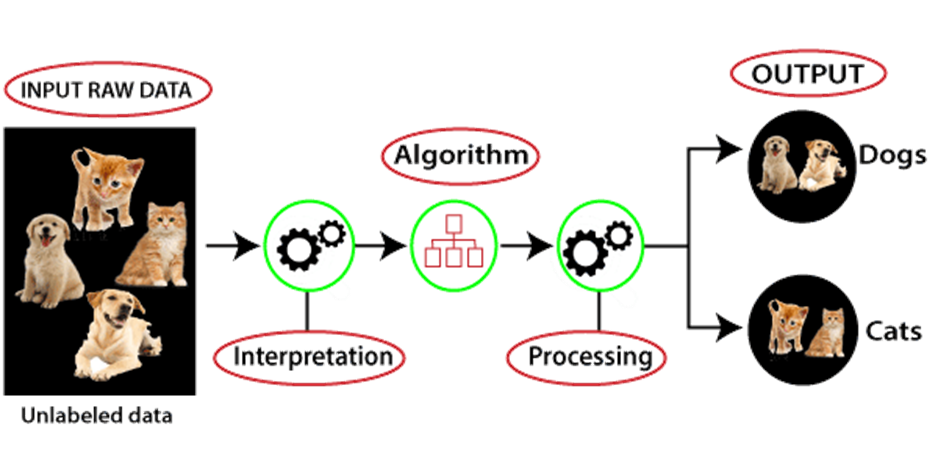
Reinforcement Learning
As the name suggests, in reinforcement learning the computer, learns through trial and error by receiving feedback in the form of rewards or punishments for each decision it makes. The goal of reinforcement learning is to train the computer to make a sequence of decisions that lead to a desirable outcome. Some common applications of reinforcement learning include game-playing AI, robotics, and autonomous vehicles.
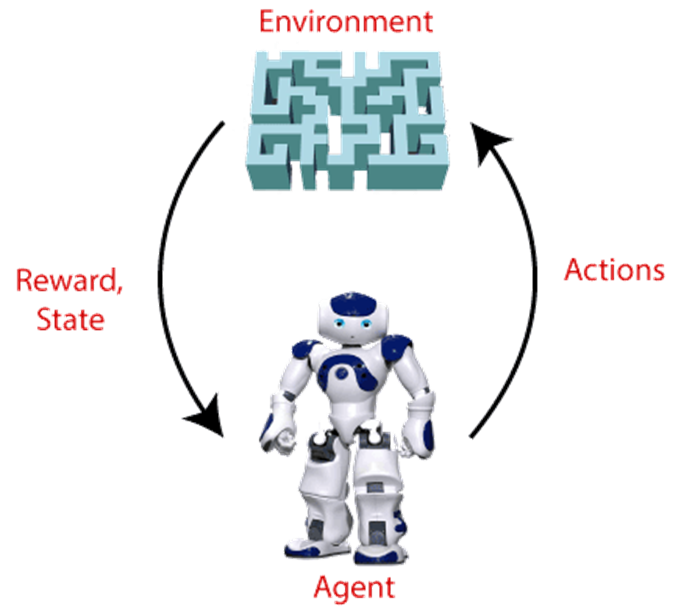
Deep Learning
Deep learning is a type of machine learning that involves the use of artificial neural networks to learn from data. Neural networks are composed of layers of interconnected nodes, each of which performs a mathematical operation on the data it receives. By stacking multiple layers of nodes together, neural networks can learn to recognize complex patterns in the data.
Deep learning algorithms are particularly useful for tasks such as image recognition and natural language processing, where the input data is highly complex and has many different features. By using neural networks to process this data, deep learning algorithms can learn to identify patterns that might be missed by other machine learning algorithms.
Some examples of deep learning applications include self-driving cars, speech recognition, and facial recognition.
Types of Deep Learning
Convolutional Neural Networks (CNNs)
CNNs are commonly used for image and video recognition tasks. They use multiple layers of filters to extract features from the input data, and then use those features to make predictions about the image or video.
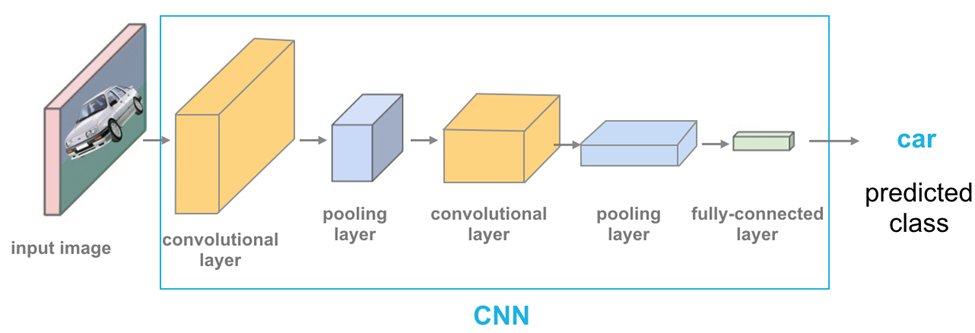
Recurrent Neural Networks (RNNs)
RNNs are commonly used for natural language processing and speech recognition tasks. They use feedback loops to allow the network to learn from previous inputs, which makes them well-suited to tasks where the order of the input data is important.
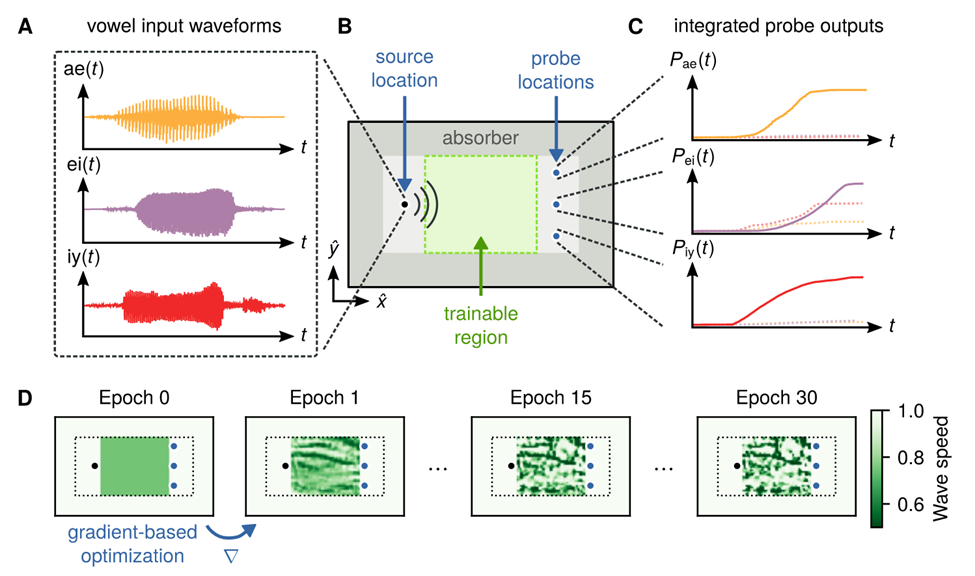
Generative Adversarial Networks (GANs)
GANs are used for generating new data based on existing data. They consist of two neural networks, one that generates new data and another that evaluates the quality of that data. The two networks are trained together, with the generator network trying to create data that the evaluator network cannot distinguish from the original data.
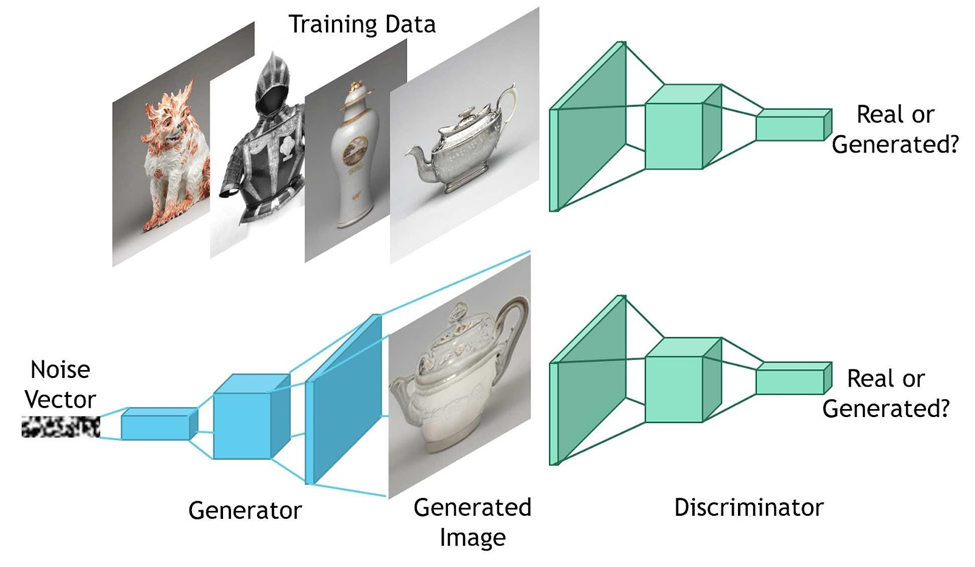
Key Difference between Machine Learning and Deep Learning
The key difference between machine learning and deep learning is the complexity of the algorithms used. Machine learning algorithms are relatively simple and rely on statistical models to make predictions based on labeled data. Deep learning algorithms, on the other hand, use neural networks to process complex data and learn to recognize patterns on their own.
Another difference between machine learning and deep learning is the amount of data required for training. Machine learning algorithms typically require fewer data to achieve good results, while deep learning algorithms often require large amounts of data to train the neural networks effectively.

Conclusion
Machine learning and Deep learning are both powerful technologies that can be used to train computers to make predictions or decisions based on data. Machine learning algorithms are based on statistical models and are relatively simple, while deep learning algorithms use artificial neural networks to process complex data and are more complex. Understanding the differences between these two technologies can help you choose the right approach for your specific application.
Coding for kids has many beneficial advantages that develop cognitive abilities, enhance communication and entrepreneurship skills, and stimulate creativity. Kids can learn how to create different games using Python.
Codingal offers Python for kids course to help your child enhance cognitive, logical, and computational skills. We provide 1:1 live interactive online coding classes with expert coding instructors for kids.
